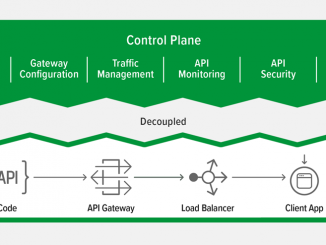
Integrating Fortanix Self-Defending KMS with NGINX and NGINX Plus
Integrating Fortanix Self-Defending KMS with NGINX and NGINX Plus If you have a large number of NGINX servers, it can be a challenge to manage their TLS keys and certificates. One solution is to manage them centrally with a key management system (KMS), one example of which is a hardware security module (HSM). Enterprises with modern applications deployed in public or hybrid clouds need a KMS that is cloud‑agnostic, highly secure, scalable, and highly available so it can offload crypto operations from web applications deployed on a variety of platforms across the globe. In the interest of maximum security, many organizations want full control and ownership of the KMS and its operations, which rules out many cloud HSMs and SaaS offerings. The Fortanix Self‑Defending Key Management Service™ (Self‑Defending KMS) meets all of these requirements: Cloud‑agnostic – Can be accessed by applications [ more… ]


